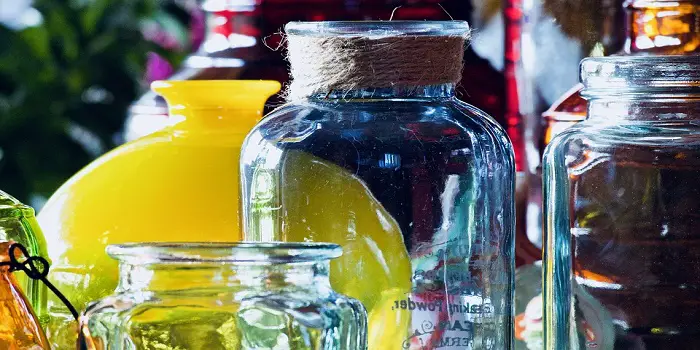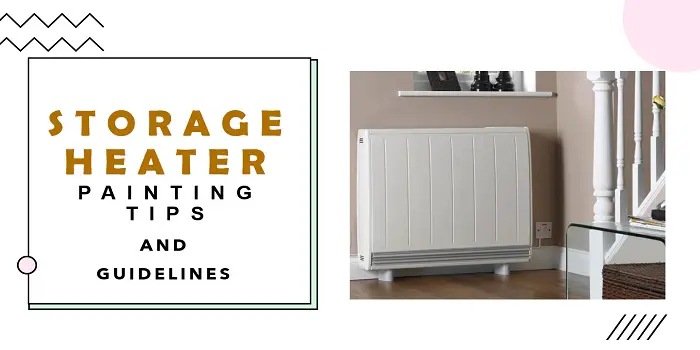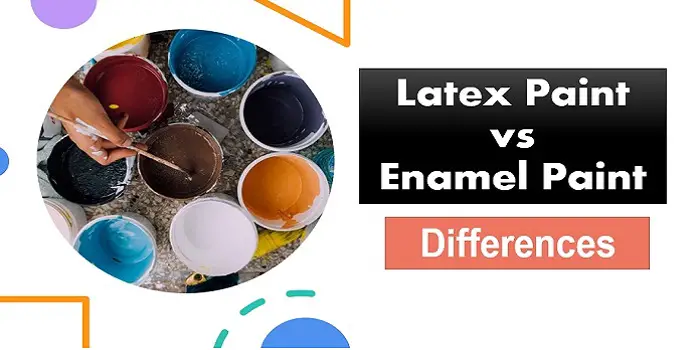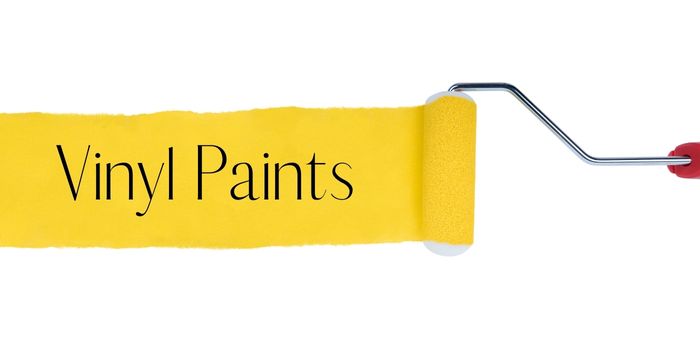
There are different kinds of paints out there, which can make shopping for them feel like a burden.
There are emulsion paints, oil-based paints, enamel paints, whitewash, distemper paints, bituminous paints, latex paints, epoxy paints, lead paints, and more.
One of the most common kinds of paints you will encounter is vinyl paint.
Put simply; vinyl paint is a water-based paint that has some vinyl plastic in it. This paint is made for use on surfaces like plastic, floors, siding, and seat covers. It is super durable and hardwearing which makes removing it later on rather tricky.
Even so, it is one of the most common types of paint around it is not an all-purpose paint, and if you apply it to the wrong surface type, it will not stick, but if you use it correctly, it has some great perks.
What's Here in the Article:
Types of Vinyl Paints
Though all vinyl paints have pretty much the same properties, the formula is complicated when you start thinking about the wide spectrum of paints available.
Each formula is made with a certain task in mind, and it is a good idea to get familiar with them.
The most common kind of vinyl paint you are going to see is the type sold in gallon drums. Out of the various types, this is the kind that most closely resembles typical house paint. It is usually used to cover interiors, vinyl covers, soft plastics, and flooring. This paint has a thin consistency that lets it easily bond with the surface it is applied to. Due to how well it sticks, it can be hard to remove.
Vinyl spray paints are also used for purposes like the ones mentioned above. Instead of applying them using a roller or brush, these paints are sprayed right onto the surface. This makes it preferred when used for small areas of siding, furniture, or awnings.
Vinyl exterior paint and siding paint are made to give a durable, waterproof coating to siding and exteriors. This type of paint is made to resist damage from water and heat alike, as well as resist fading and chipping.
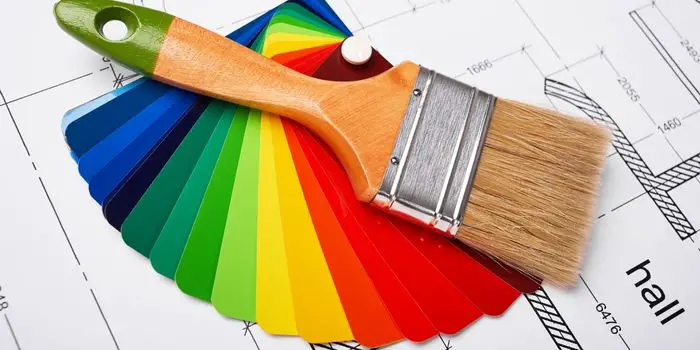
Surfaces Compatible with Vinyl Paint
Vinyl paints can be applied to a large number of surfaces and are usually known for the ease with which they can be applied, as well as their quick drying properties.
That said, certain surfaces aren’t the best choice for vinyl paint. These surfaces have a hard time accepting this type of paint, and so it struggle to dry and adhere.
It is important to remember that silk vinyl paints are quite durable, while matte paints are not. If you use matte vinyl paint instead of one that shines, you should avoid using it because there is a lot of foot traffic.
Regardless of whether they are made with vinyl or not, most matte paints can discolor and mark easily. Because of this, they are best suited for areas of low intensity. You should not use vinyl matte paint on surfaces like:
- Low industrial surfaces
- High moisture surfaces, like as the bathroom or kitchen
- Low walls and floors
- Over acrylic sealant
- Exposed masonry
- High-intensity areas
Benefits and Drawbacks of Vinyl Paint
As there are so many paints out there to choose from, you may be wondering why you should opt for vinyl paints at all. You may also be wondering if there are any downsides to using this type of paint before you commit to it. Below, we will look at some pros and cons of vinyl paint.
Pros –
Application. Vinyl paints are easy to apply and spread.
Easy to clean. If easy cleaning is something that is important to you, be sure you are using vinyl silk or vinyl sheen paints only. These are easy to clean using only a damp cloth. Vinyl matte paints, conversely, are quite difficult to clean. This is because even a tiny amount of water and soap can leave streaks that are difficult to ignore.
Great coverage. Vinyl paints do not need many coats and long drying times to provide even and thorough coverage. One coat is often all that you need.
Durability. While vinyl matte paints aren’t that resistant to marking, sheen and silky vinyl are quite resistant to damage, even in well-used locations.
Appearance. Since vinyl sinks right into the surface, it maintains a lovely, smooth appearance that doesn’t peel or chip like other paints.
Cons –
Not at all environmentally friendly. It may have harmful effects on the environment, including contributing to pollution or releasing toxic chemicals during production, use, or disposal.
Not compatible with all surfaces. Since some surfaces cannot accept vinyl paint, you will need to test various areas that you want to paint to be sure they will adhere to the surface before painting an entire surface. This can be time-consuming.
Difficult to cover with other paint. Though other types of paints can be painted over with ease, that is not the case with vinyl paints. You will first have to remove the vinyl paint before applying another paint to the same area. Removing vinyl paint can be a hassle on its own.
Share the post "What is Vinyl Paint? (Different Types and Uses)"

Douglas Becker (aka Painter Doug) has over twenty years of experience as a painter in Adkins, Texas. At present, he resides in Florida with his family.
From painting multi-storeyed houses, condos, and apartments to large commercial buildings and small offices, he had served various customers in areas not only in Adkins but also in Southwest Florida, Sarasota, Naples, and many more. To know more about him check here.

